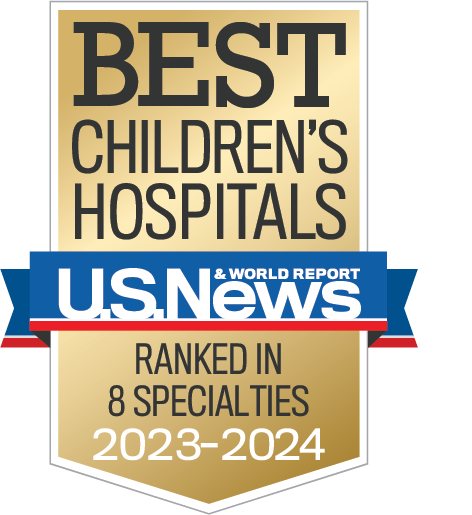Feeding Suggestions While Abroad
Before leaving home, talk to your child's doctor or nurse practitioner about what formula he/she recommends. Many pediatricians recommend taking a milk-based formula, such as Similac with Iron or Enfamil with Iron. Others recommend Lactofree (a milk with no lactose sugar, but also no soy protein), as many people of Asian descent have lactose intolerance. This often does not manifest until the children are older, however, in my experience, Lactofree seems to be the closest in taste to the Chinese formulas used in most orphanages, but the mil-based formulas were tolerated just as well. The soy formula can sometimes constipate the children, and many have already been on a milk-based formula. The powder packs well, and for a two-week trip 5 cans will be more than enough. You can safely use the water provided in the thermos supplied in your hotel room. Take your own thermos (preferably stainless steel so as to avoid accidental breakage) with a narrow spout or lid from which it will be easy to pour while in dining rooms, on buses, and on planes. A funnel is also helpful for transferring hot water into your thermos without burning yourself.
It does not matter if you take disposable or washable bottles, but take ones that have interchangeable nipples. Different babies prefer different types (standard versus nuk) and different openings (regular holes versus cross-cut), as well as different textures (latex versus silicon). Although it sounds crazy, some babies are that picky. My younger daughter stopped eating after two days because she preferred a different nipple, so it is worth the trouble to bring the variety. If you need to enlarge the holes in the nipples for your daughter once you are in another country, do not enlarge all of the nipple holes. Sometimes children will prefer the formula fast flowing at first, and then want to slow down.
Some children in orphanages are used to the formula being given at temperatures that are outrageously hot by our thinking. Try to use water temperatures that are comfortable to your touch. If your daughter refuses to eat, use water that is a little warmer or cooler. The children adjust easily to a gradual decrease in water temperature once you are comfortable with their eating habits.
To ease the transition to US baby formulas, some people mix the formula in a lesser strength for a few days. This avoids some problems with constipation and stomach aches. Usually powdered formula in the US is mixed at a ratio of one scoop to 2 ounces of water. You may wish to mix it for a day or two at a ratio of one scoop to 4 ounces of water, then one scoop to 3 ounces of water for a day. If your child refuses the change in formula, Chinese baby formula (actually made by American companies) is easily available from Friendship Stores. The same is true in many other countries. We figured that one scoop of Chinese formula to one ounce of water was the correct ratio, but double check this ratio if you need to use Chinese formula (2 ounces is about 30 cc of fluid). After one or two days of feeding the Chinese formula, start mixing in gradually the American formula. Friends who have traveled to other countries for adoption have said that they were also able to easily obtain baby formula.
While at the orphanage, ask what other foods your child is being fed. It may be helpful to ask your physician before you go his/her recommendations regarding other solid foods to be fed while abroad. Some useful foods for children more than six months include Cheerios, Kix, goldfish crackers, graham crackers, fruit bars, and other finger foods. Jar foods should probably not be taken abroad due to the increased risk of breakage in your suitcase. Most children will be able to eat limited food from the table if cut up into very tiny pieces, so as to avoid the risk of choking.
By Deborah Borchers, MD
Eastgate Pediatric Center, Cincinnati, Ohio
513-753-2820
Revised May 17, 2001.




